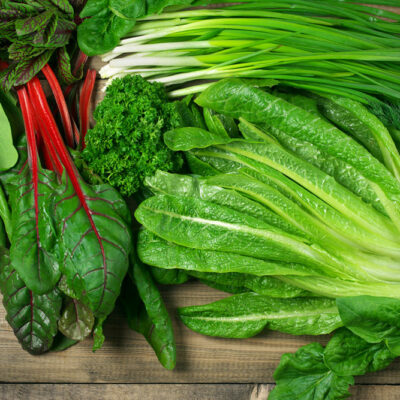
10 early warning signs of blood cancer
Blood cancers start in the bone marrow, where healthy blood cells are produced. One may develop cancer of the blood when abnormal cells grow out of control, interfere with the function of normal blood cells, and prevent them from fighting off infections or forming new blood cells. Since the cancer might occur gradually, diagnosing the condition isn’t always easy. However, experts associate these eight warning signs with blood cancer and recommend immediate treatment on recognition. Fever or chills An individual might have a fever or chills due to various factors, including a viral infection. The sign might also be prominent in people affected by blood cancer. One may develop a constant low-level fever or a sudden spike in temperature. The sign might result from pyrogens produced by tumor growth due to cancerous cells. Pyrogens come from outside sources, such as viruses, bacteria, and fungi. The lack of healthy blood cells means the body’s defense mechanism might be unable to eliminate such invaders, which triggers fever and chills. Fatigue Fatigue is one of the most common signs in patients with blood cancers. Cancer-related fatigue (CRF) is characterized by excessive and persistent exhaustion that interferes with daily activity. The cause of fatigue caused by such mutations is the lack of healthy red blood cells, leading to anemia.
Read More 







